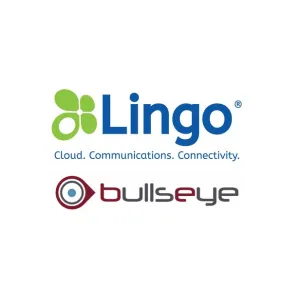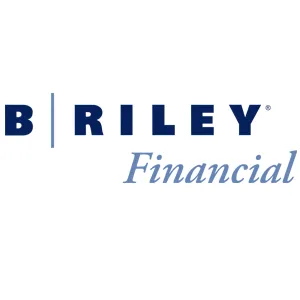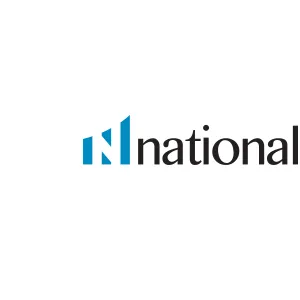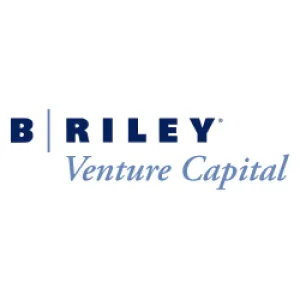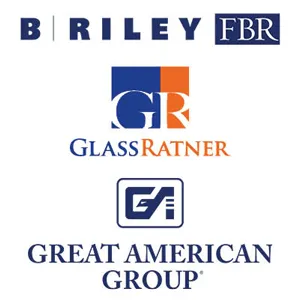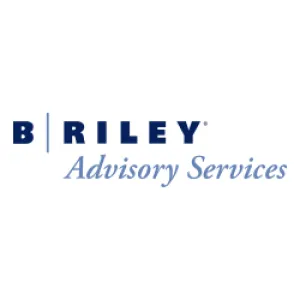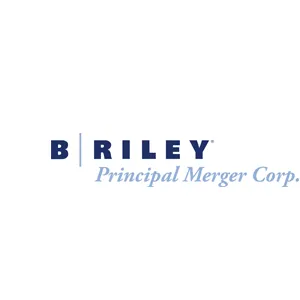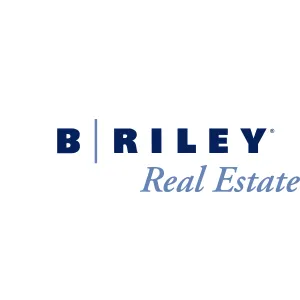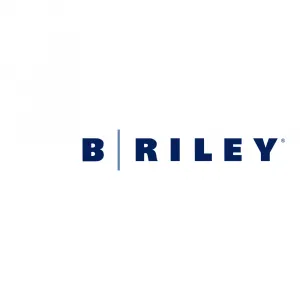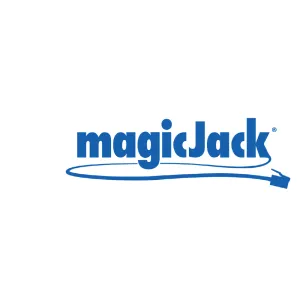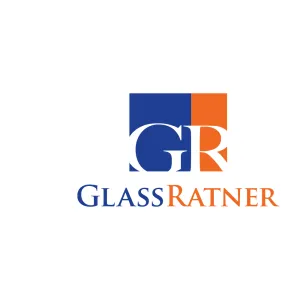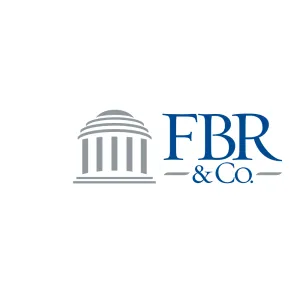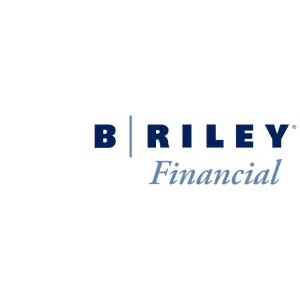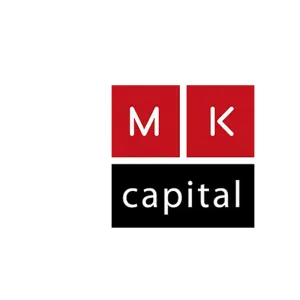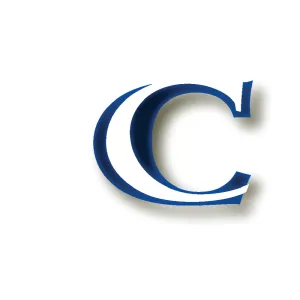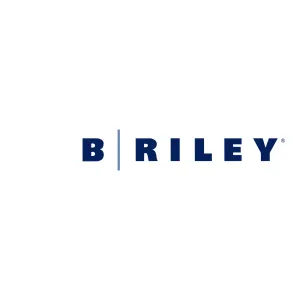Delivering Unparalleled Value
For Every Financial Need
B. Riley Financial, Inc. ("B. Riley") companies provide tailored financial solutions to meet the strategic, operational, financial advisory and capital needs of its clients through a diverse range of collaborative and complementary business capabilities.
Opportunistic. Focused. Results-Driven.
Over the past 27 years, we have built an unmatched, diversified financial services platform with the expertise to lead in every sector. The fact that our financial solutions do not easily square into just one business sector sets us apart from our competitors and empowers us to better serve clients and return value to shareholders.
While our grassroots efforts have largely flown under the radar, our demonstrated execution across the platform, and therefore our performance, have not. B. Riley's diverse suite of business capabilities goes beyond traditional financial service offerings. By leveraging cross-platform expertise and assets, our business units are uniquely positioned to provide full service, collaborative solutions at every stage of the business life cycle and in all market conditions. B. Riley is made more exciting by our willingness to invest our own capital in opportunities organically derived from the platform along with our ability to maximize return on investment by leveraging in-house operational expertise.
Our History
Featured News
B. Riley Ranks in The Deal’s Q1 2024 Bankruptcy and Restructuring League Tables
Company News
Planet Cyclery and Colorado Cyclist Sitewide Closing Sale Features Discounts of Up to 30% Across all Apparel, Bike Parts and Accessories
Company News
Read MoreB. RILEY FINANCIAL FILES 2023 ANNUAL REPORT ON FORM 10-K
Company News
Read MoreB. Riley Ranks in The Deal’s 2023 Bankruptcy and Restructuring League Tables
Company News
Read MoreB. Riley Securities Announces Sponsors of 24th Annual Institutional Investor Conference
Securities Media Center
Read MoreB. Riley Retained as Advisor in Connection with Prize Management, LLC dba Sand Ridge Materials Chapter 11
Company News
Read MoreB. Riley Financial Reports Preliminary Unaudited Fourth Quarter and Full Year 2023 Results; Declares Quarterly Dividend of $0.50 per share
Company News
Read MoreB. Riley Financial Board of Directors Issues Statement Regarding Internal Review
Featured News Slider
Read MoreB. Riley Securities 24th Annual Institutional Investor Conference
Securities Media Center
Read MoreB. Riley Launches US-Based Executive Search Practice
Advisory Services Media Center
Read MoreB. Riley Financial Reports Third Quarter 2023 Results; Declares Quarterly Dividend of $1.00 per share
Featured News Slider
Read MoreB. Riley Financial Increases Investment in bebe
Featured News Slider
Read MoreB. Riley Financial Closes $115 Million Common Stock Offering Including Full Exercise of Underwriter Option
Securities Media Center
Read MoreB. Riley Acquires Litigation Consulting and Forensic Accounting Firm, Crawford & Winiarski
Read MoreB. Riley Acquires Assets of ABTV, Leading Restructuring Advisory Firm Formerly Known as Anderson Bauman Tourtellot Vos
Advisory Services Media Center
Read More




